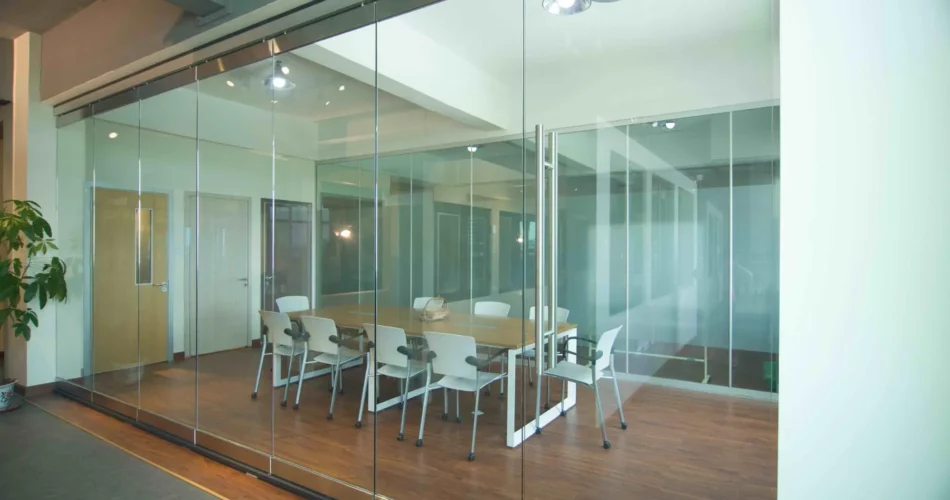In the era of environmental consciousness, sustainable and eco-friendly designs are increasingly important in architecture and interior design. Glass partitions https://artlookglass.com/ play a significant role in this realm, offering benefits that align with green building practices. This article explores the role of glass partitions in creating sustainable and environmentally friendly interiors.
Maximizing Natural Light
One of the primary advantages of using glass partitions is their ability to maximize natural light. By allowing sunlight to permeate through the space, they reduce the dependency on artificial lighting, which in turn lowers energy consumption. Natural light not only saves energy but also creates a healthier and more productive environment for occupants.
Enhancing Energy Efficiency
Modern glass partitions can contribute significantly to the energy efficiency of a building. Innovations in glass technology, such as double glazing, low-emissivity (low-E) coatings, and thermal insulation, have improved the ability of glass partitions to maintain indoor temperature levels. This means less energy is required for heating or cooling, which is beneficial for both the environment and energy bills.
Utilizing Recyclable and Sustainable Materials
Glass is a recyclable material, making glass partitions a sustainable choice. Many manufacturers are now using recycled glass in their products, further reducing the environmental impact. Additionally, the frames and supports for glass partitions can be made from sustainable materials, such as recycled aluminum or certified wood, contributing to a more eco-friendly interior.
Creating Flexible and Adaptable Spaces
The flexibility of glass partitions supports sustainable design principles. They can be reconfigured or relocated to suit changing needs, reducing the need for new materials and minimizing waste associated with structural changes. This adaptability makes them a practical and eco-friendly choice for dynamic spaces that require frequent reorganization.
Reducing the Carbon Footprint
By improving energy efficiency and using sustainable materials, glass partitions help in reducing the overall carbon footprint of a building. Their contribution to lowering energy consumption directly impacts the amount of carbon dioxide and other greenhouse gases emitted into the atmosphere.
Promoting Healthier Indoor Environments
Glass partitions can contribute to a healthier indoor environment. They facilitate an open atmosphere, reduce the spread of germs compared to traditional doors, and do not emit volatile organic compounds (VOCs), which are often associated with other building materials. This aspect of glass partitions aligns with the broader aim of sustainable design to create healthy living and working environments.
Conclusion
Glass partitions are more than just a design element; they are a key component in creating sustainable and eco-friendly interiors. Their ability to enhance natural light, improve energy efficiency, use recyclable materials, offer flexibility, reduce the carbon footprint, and promote healthier indoor environments makes them an ideal choice in modern green building practices. As environmental sustainability becomes increasingly important in design, glass partitions stand out as a versatile and responsible choice for eco-conscious interiors.
